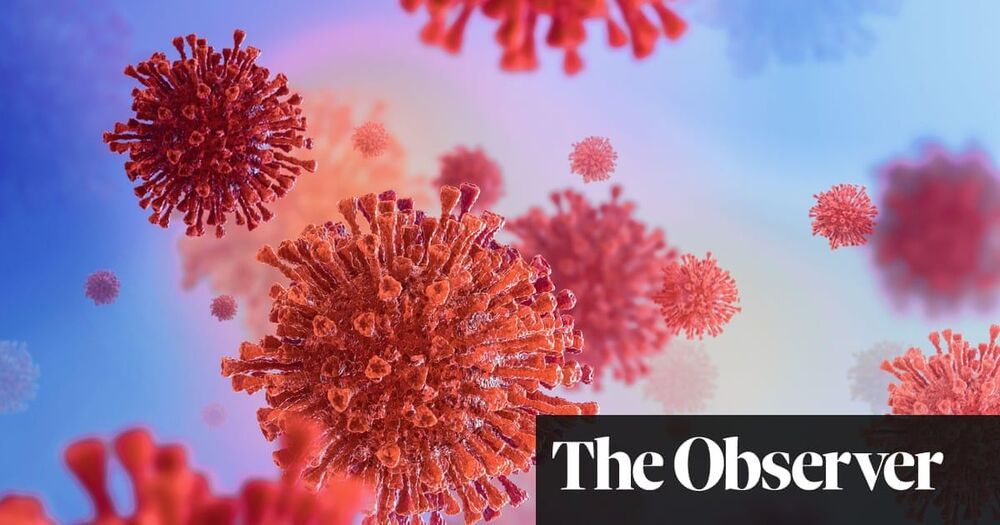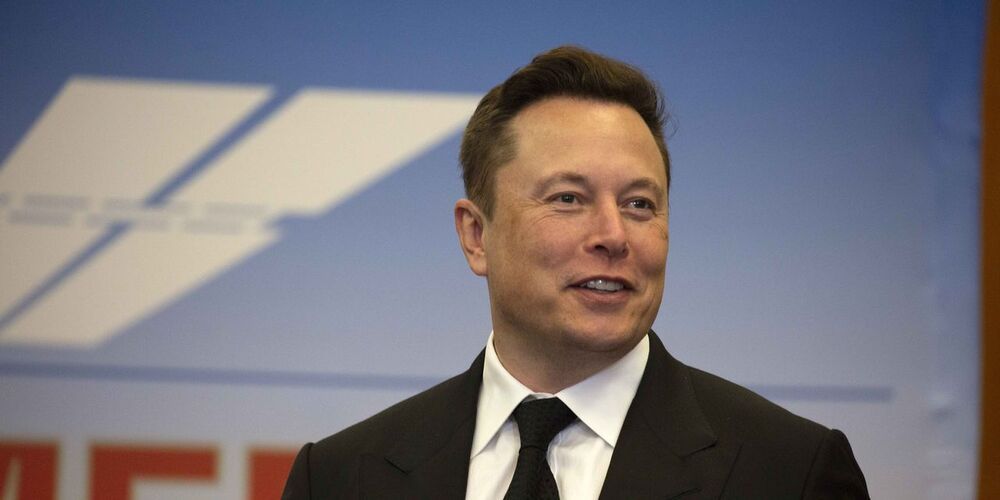😃
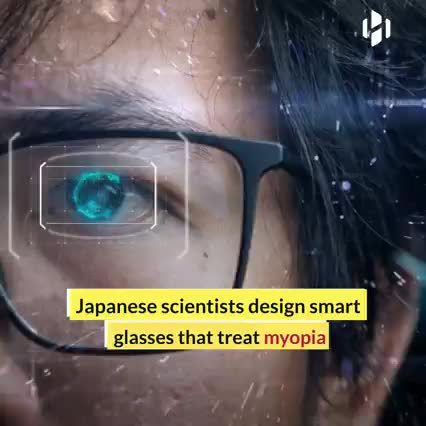


Muscle constitutes the largest organ in humans, accounting for 40% of body mass, and it plays an essential role in maintaining life. Muscle tissue is notable for its unique ability for spontaneous regeneration. However, in serious injuries such as those sustained in car accidents or tumor resection which results in a volumetric muscle loss (VML), the muscle’s ability to recover is greatly diminished. Currently, VML treatments comprise surgical interventions with autologous muscle flaps or grafts accompanied by physical therapy. However, surgical procedures often lead to reduced muscular function, and in some cases result in a complete graft failure. Thus, there is a demand for additional therapeutic options to improve muscle loss recovery.
A promising strategy to improve the functional capacity of the damaged muscle is to induce de novo regeneration of skeletal muscle via the integration of transplanted cells. Diverse types of cells, including satellite cells (muscle stem cells), myoblasts, and mesenchymal stem cells, have been used to treat muscle loss. However, invasive muscle biopsies, poor cell availability, and limited long-term maintenance impede clinical translation, where millions to billions of mature cells may be needed to provide therapeutic benefits.
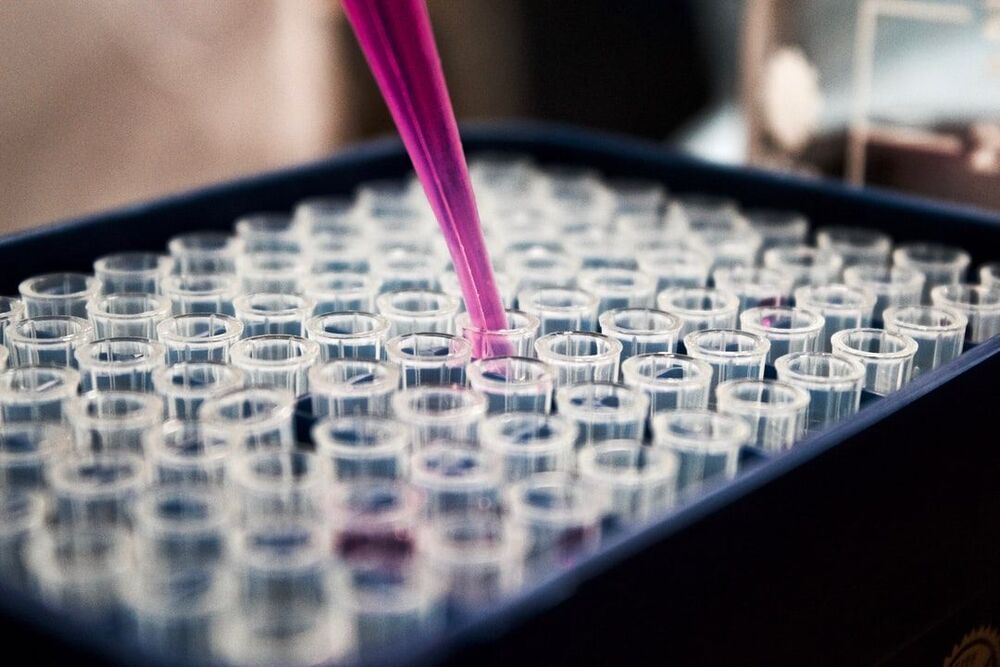
Bonny Lemma. Originally published in the HIR Winter 2019 Issue.
Jennifer Lopez has one more industry to add to her illustrious résumé: molecular biology. In 2016, she was asked to be the executive producer of a new futuristic bio-crime drama for NBC called C.R.I.S.P.R. While that project is a work of science fiction, the CRISPR technology that it is based on is very real.
CRISPR, or Clustered Regularly Interspaced Short Palindromic Repeats, is not just a gene editing technique, but also a phenomenon that carries significant implications for the future of biotechnology. Therefore, the interactions between the countless players in this field and the objectives driving them are crucial to understanding of CRISPR and the promise it holds.
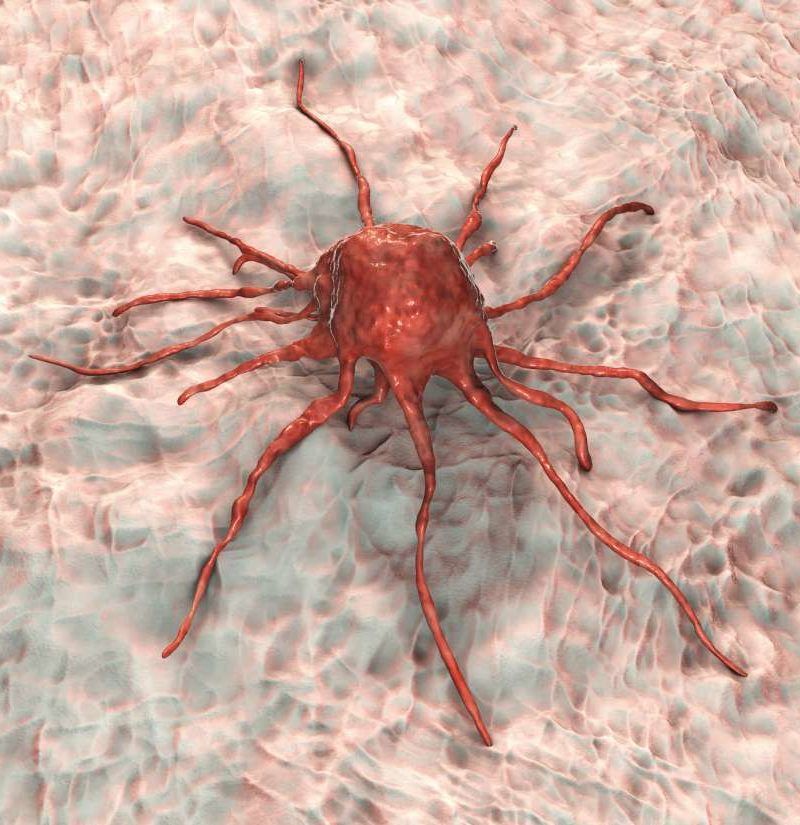

Although the definitive causes of Alzheimer’s diseases aren’t yet fully understood, one of the leading suspects is the accumulation of abnormal proteins in the brain that impinges on the activity of the neurons. Scientists at Northwestern University have explored this phenomenon in a group of elderly individuals with excellent memory, known as SuperAgers, and found them to be far more resistant to the troublesome buildup of some of these proteins, shedding further light on how the disease may take hold.
A lot of the research into the progression of Alzheimer’s focus on a pair of proteins called amyloid and tau. Clumps of amyloid are thought to build up and develop into plaques that impact on memory and cognitive function, while tau takes the form of tangles that interfere with the way nutrients are taken up by the neurons, eventually leading to the death of the cell.
The Northwestern University researchers carried out experiments to study the prevalence of these proteins in SuperAgers, a group of subjects over the age of 80 with the memory capacity of someone 20 to 30 years younger than them. These subjects are assessed annually as part of ongoing research at Northwestern’s Mesulam Center for Cognitive Neurology and Alzheimer’s Disease.
